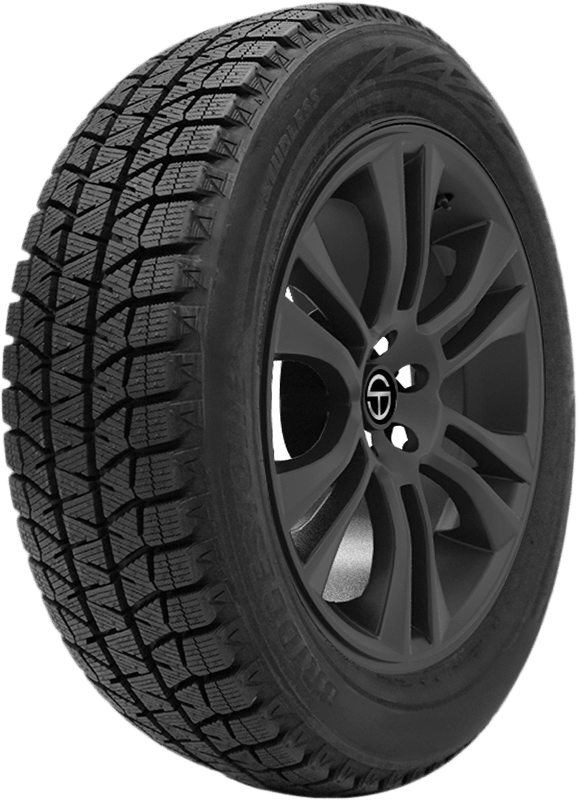Currently out of stock
Check back soon or view other tires
- Winter, Passenger tire
Every purchase includes:
Free shipping
Fast, free shipping on every tire we sell.
Support local businesses
Buy from local distributors, install at local service centers.
Easy returns
We accept unmounted tire returns within 30 days.
Live customer support
Have questions? Live tire specialists are here to help.
Shop with confidence
- Would you buy again?100%
- Dry5.0 out of 5
- Wet5.0 out of 5
- Winter5.0 out of 5
- Comfort5.0 out of 5
- Noise5.0 out of 5
- Treadwear5.0 out of 5
Get technical:
Features & Benefits
- Designed for use on performance-oriented and sports cars in winter weather conditions; should not be used when temperatures are consistently above 45 degrees Fahrenheit
- Silica compound reduces road noise and makes the tire more fuel efficient
- Ultra high-performance winter tire for passenger vehicles
- A variety of computer designed tread details such as 3D sipes, thick shoulder blocks, and spuit holes increase performance and traction
- Optimized design lowers road noises and vibrations to create a quiet, comfortable ride for drivers and passengers

Winter tires are built with a flexible rubber compound that allows for consistent grip on roads when the temperature is below 40 degrees. Able to conquer ice, snow, and slush, winter tires are either come in a standard design or they can be pinned with studs to improve grip.
Passenger tires are some of the most common tires you'll find on the roads today, and frequently used on coupes, sedans, hatchbacks, minivans, and other passenger vehicles. Passenger tires are available in a wide variety of types, such as all-season, winter, and ultra-high-performance.
This product is not covered by a manufacturer’s treadlife warranty.
The maximum carrying capacity for a tire determined by the manufacturer.
Maximum speed capability to safely carry a load for an extended period of time.
The maximum load carrying strength at the specified inflation pressure, also known as ply rating.
The side of the tire between the tread and rim, with cosmetic branding as well as information about the tire including manufacturer, model, size, etc.
Measured in 32nds of an inch, this metric shows how much tread life is left on a tire, with the tire's traction & stopping capabilities greatly diminished at 4/32nds and less. Tire manufacturers include "tire wear bars" at 2/32nds to indicate when your tire is worn out.
The highest inflation pressure (measured in pounds of force per square inch, PSI) the tire is designed to contain, and should only be used when called for by the vehicle placard.
An identifier of a particular tire line and size combination assigned by the tire manufacturer.
Tread design (or tread pattern) can affect handling, traction & noise for different driving styles & road conditions.
Shipping weight (lbs)
The measurement of width from a tires inner sidewall to the outer sidewall.
The range of widths the rim of the vehicle can be for this tire to be safely mounted on.
The diameter of a tire that is inflated without any load applied.
Best Rated Winter Tires
















